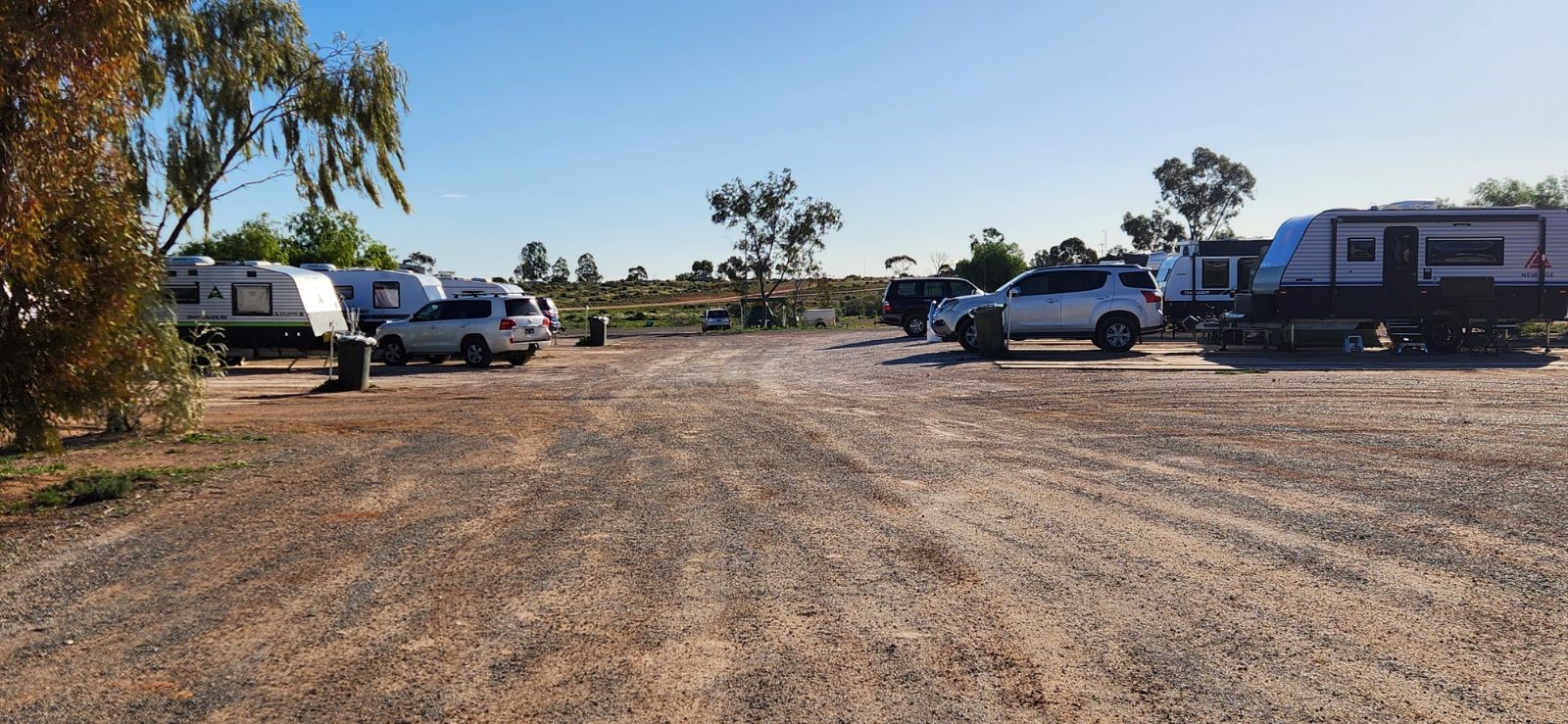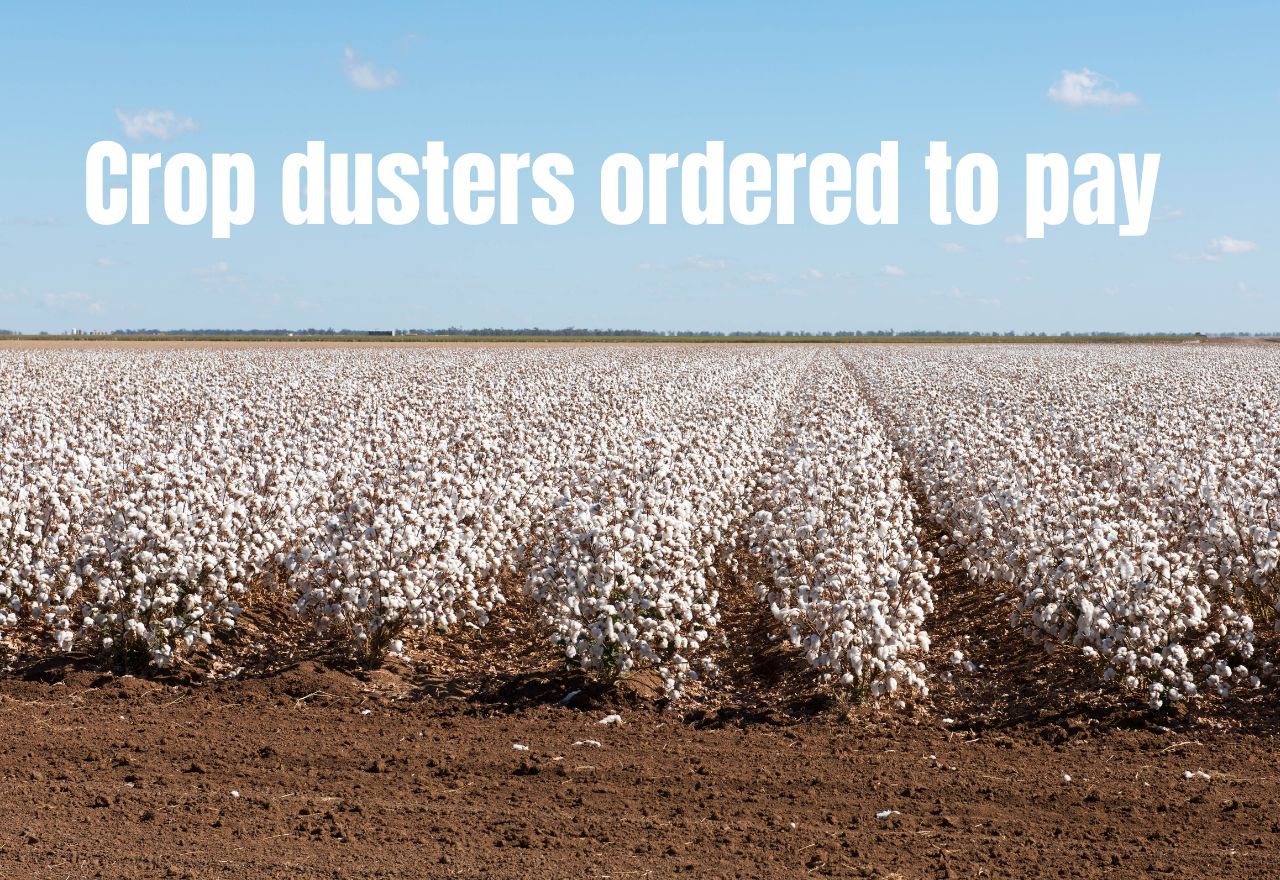Scrutiny on renewable rollout: Mapping highlights land footprint
Krista Schade
07 October 2025, 2:34 AM
 Federal Member for Parkes Jamie Chaffey (right) with community members who are concerned about the Hampton Park Renewable Project proposed for a site near Dubbo. Image: Jamie Cahhefy MP
Federal Member for Parkes Jamie Chaffey (right) with community members who are concerned about the Hampton Park Renewable Project proposed for a site near Dubbo. Image: Jamie Cahhefy MPA new analysis of the proposed scale and land impact of Australia's transition to renewable energy has drawn attention to the vast footprint of planned projects across the country.
The data, compiled by Rainforest Reserves Australia and Steven Nowakowski, is presented in a publicly accessible mapping tool that outlines the location and size of 1,126 energy projects.
The analysis focuses on the land requirements for the proposed rollout, which includes hundreds of wind and solar projects and their associated infrastructure.
Key Findings from the Mapping
The data shows the scale of land and infrastructure needed for a significant portion of the planned clean energy transition:
Solar Projects: The map identifies 545 new solar projects requiring an estimated 443,000 hectares of prime land. The total number of proposed solar panels is estimated to be 584 million.
Wind Projects: The analysis covers 296 onshore wind projects and 28 proposed offshore wind projects. This scale of development requires an estimated 44,895.5 kilometres of new haulage roads for construction logistics.
Total Projects: The overall count includes a variety of technologies:
- 545 solar
- 296 onshore wind
- 28 offshore wind
- 205 BESS (battery energy storage system)
- 24 pumped hydro
- 13 hydro
- 13 hydrogen
- 2 tidal
Total: 1,126 projects
Regional Concerns and Call for a Balanced Approach
Federal Member for Parkes, Jamie Chaffey, highlighted the data's relevance to regional areas, including his own electorate.
"This mapping clearly illustrates the immense impact these projects will have on agricultural farmland, forests, and natural landscapes," Mr Chaffey said.
"The concerns I hear from people in the Parkes electorate are validated by the sheer size and scale of this planned rollout."
He emphasised that the data shows a need for a broader strategy in Australia's energy future.
"We need to ensure a carefully considered, technology-neutral energy mix to prevent unintended and permanent impacts on our prime agricultural land and naturally beautiful areas.
"The scale shown here underscores the necessity of a balanced approach that includes all viable generation options, such as nuclear energy, to minimise the footprint."
Most Comprehensive Mapping to Date
Environmentalist and co-analyst Steven Nowakowski stated that the mapping, which was a three-year volunteer project, is the most comprehensive to date for Australia's clean energy pipeline.
"This is a trillion-dollar industry, yet detailed mapping of its physical footprint hadn't been compiled in this way before," Mr Nowakowski said.
"Australians can now go online and see the exact size and location of every project. It’s an essential tool for understanding the real-world impact of the energy transition."
The full interactive map and data can be found at: https://www.rainforestreserves.org.au/renewablestruthmap
NEWS
SPORT
RURAL







